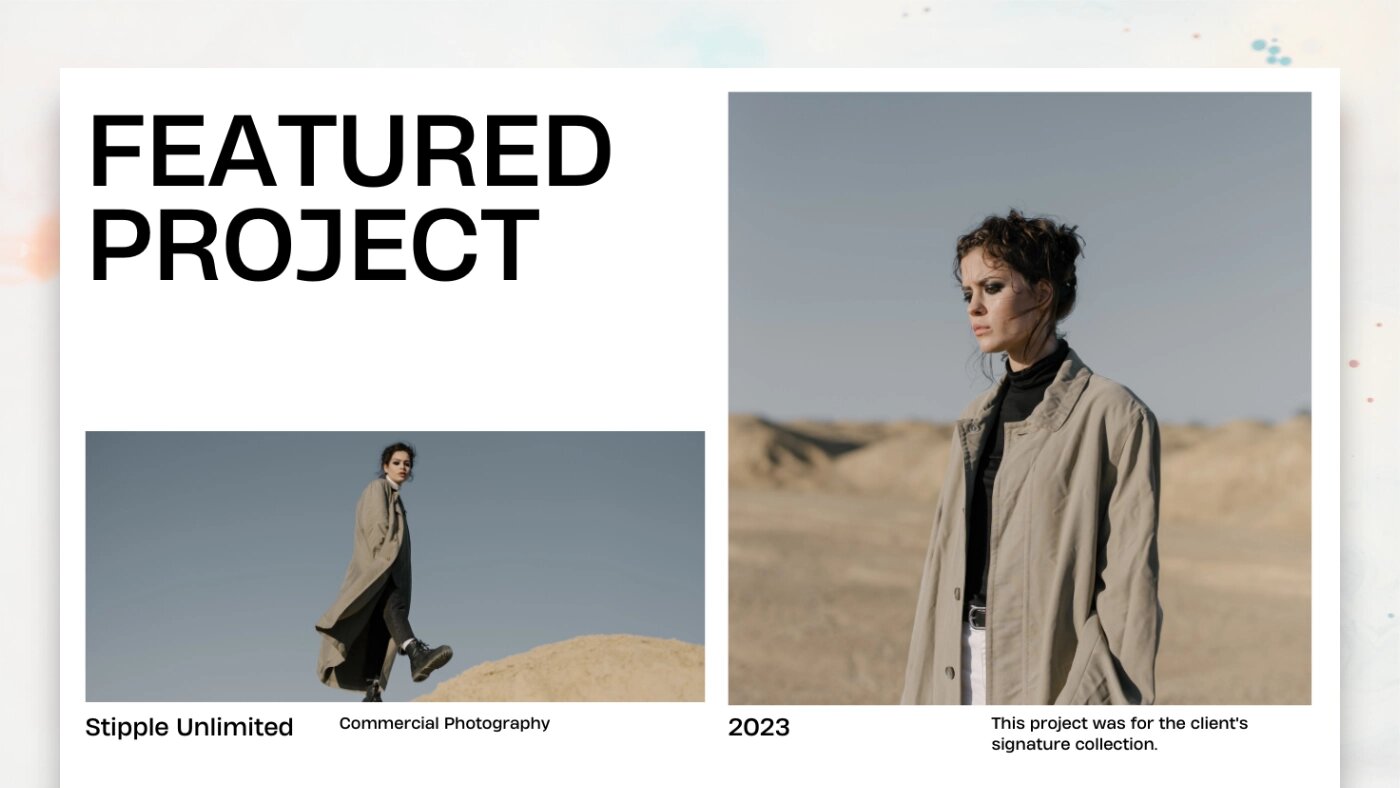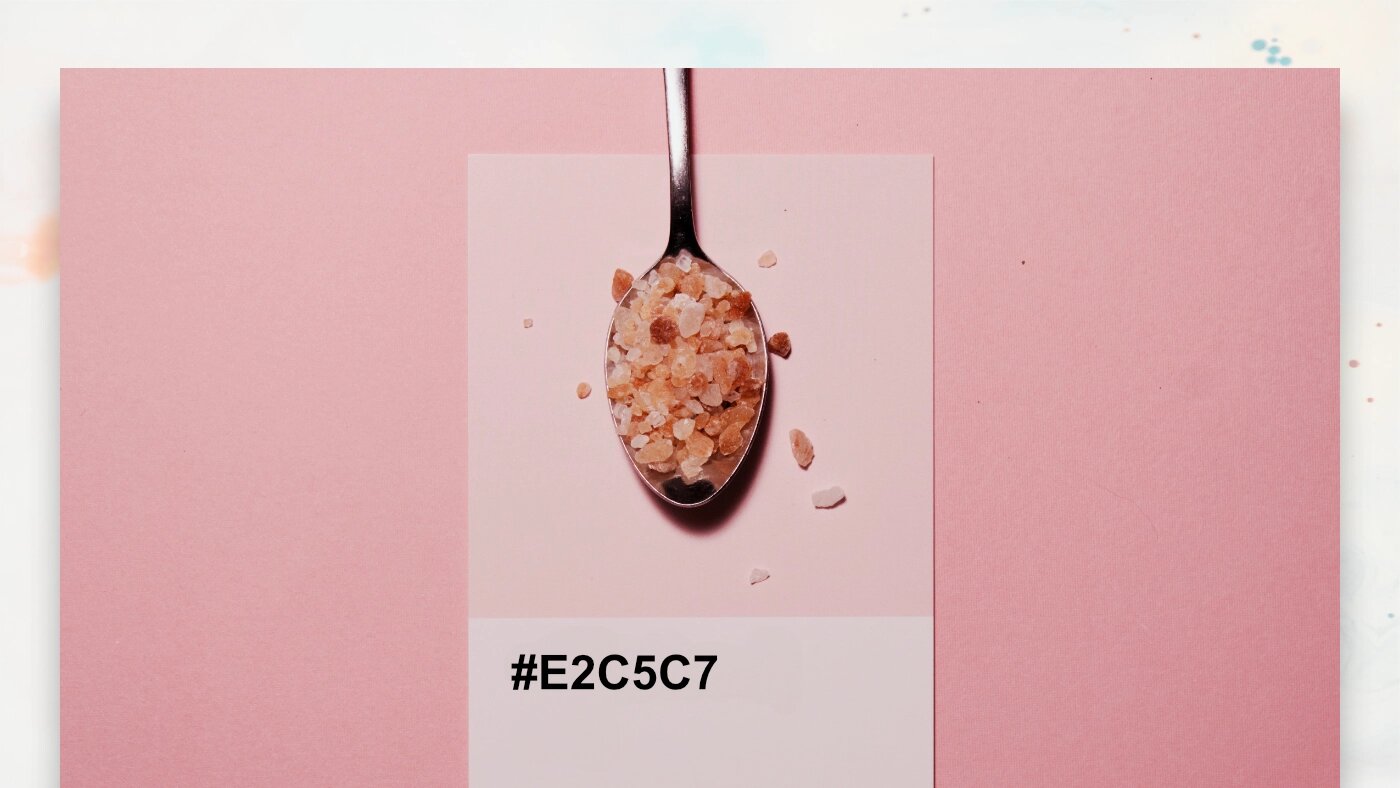Table of Contents
Image resolution
All images that are longer than 1920 pixels in width or height will be resized to 1920 pixels. To avoid quality loss make sure your images are 1920 pixels or smaller, in width or height.
NB!
Dpi (dots per inch) only matters when printing or scanning. Monitors don't have dots but pixels, so the dpi value has no effect on the quality of an image viewed on a screen or uploaded online.
Image color profile
Before uploading your images, make sure their colour profile is sRGB. If you are using Photoshop, go to File > Save for Web. This will ensure that the images are optimised for web browsers.
Image size
The file size of an image is measured in kilobytes (K), megabytes (MB), or gigabytes (GB). The file size is affected by the image's pixel dimensions and format. Because of the varying compression methods used by GIF, JPEG, and PNG formats, file sizes can vary considerably for the same pixel dimensions. The image file size cannot exceed 24 MB to be uploaded on Portfoliobox.
Image quota
The number of images you can upload to your library depends on your Portfoliobox plan. Check our pricing page to see what's included in the different plans. Check your quota and usage in your image library in Your Media Libraries, under Libraries & Tools.















